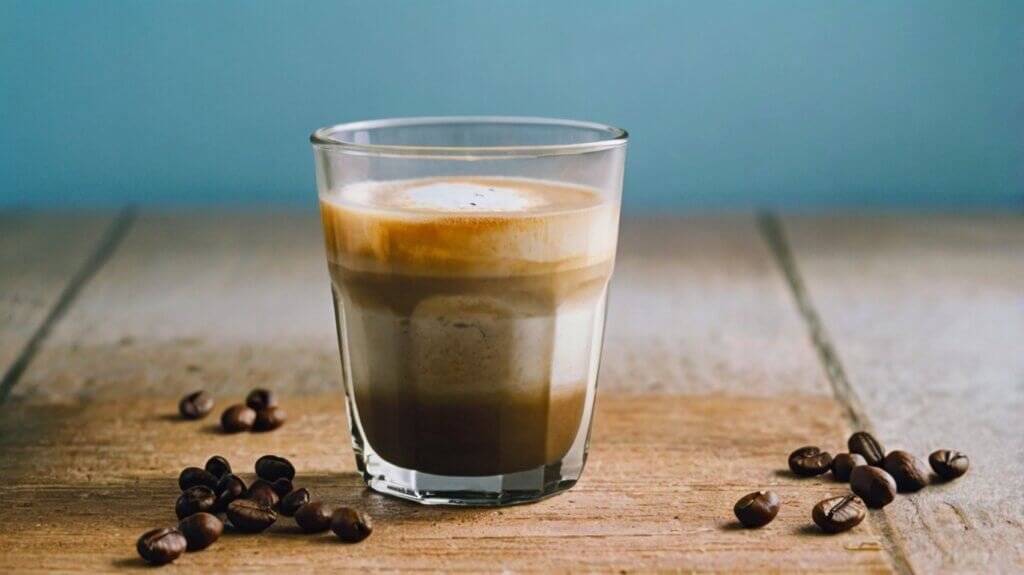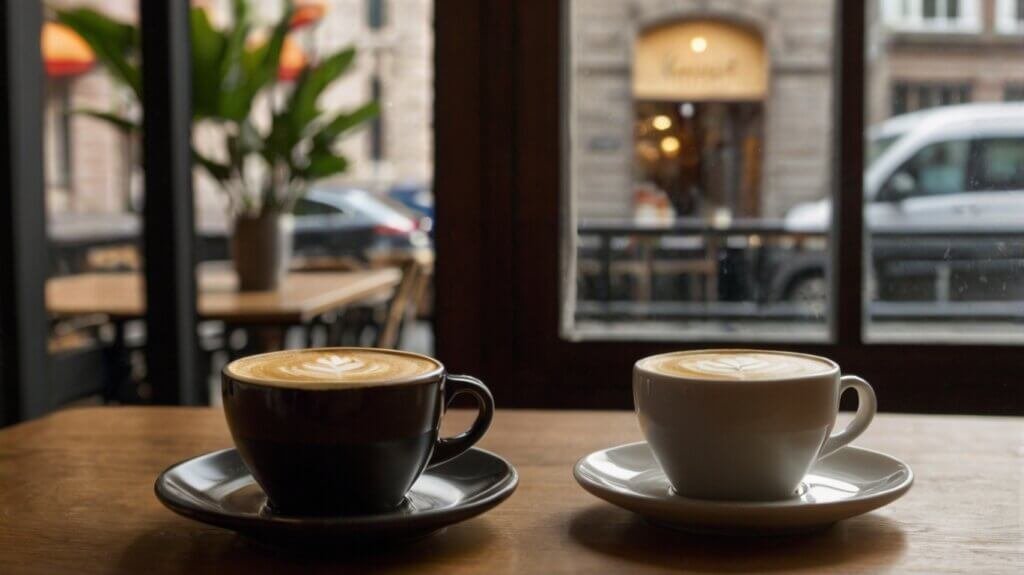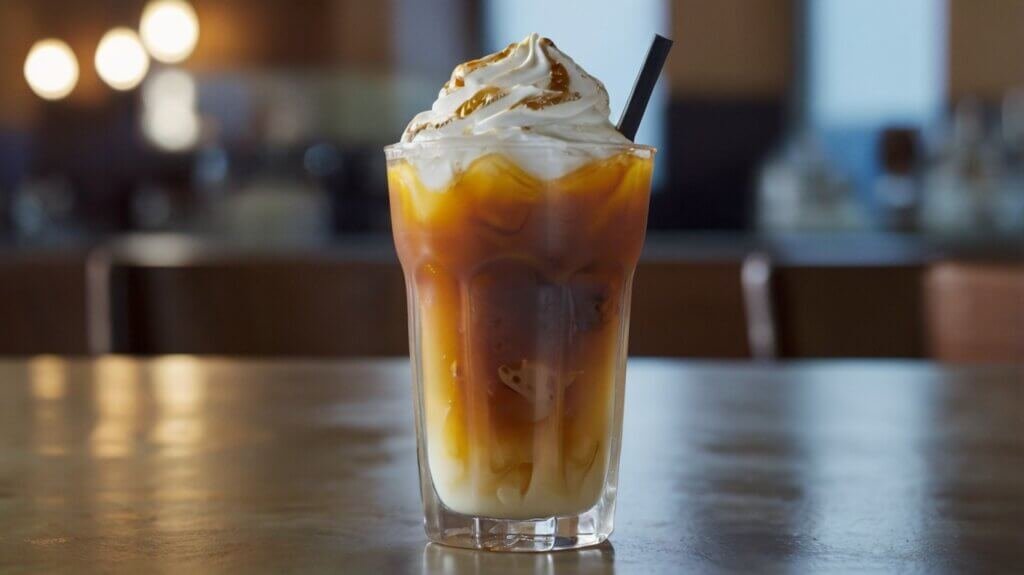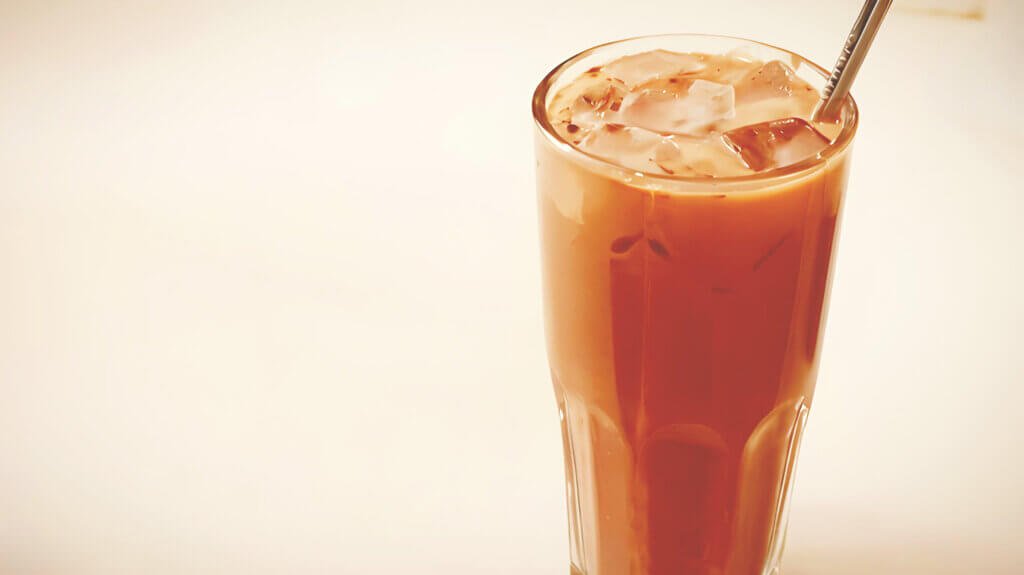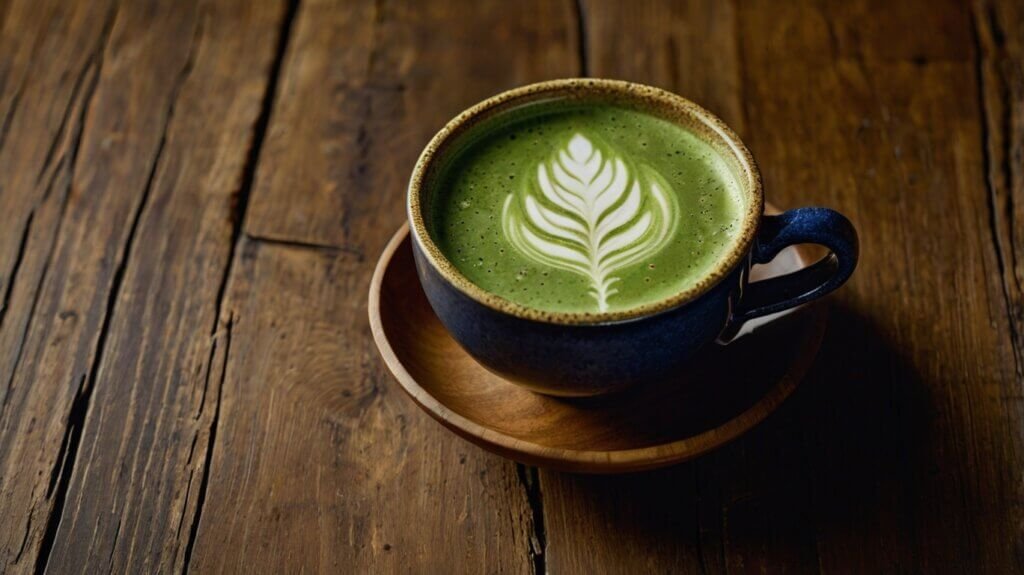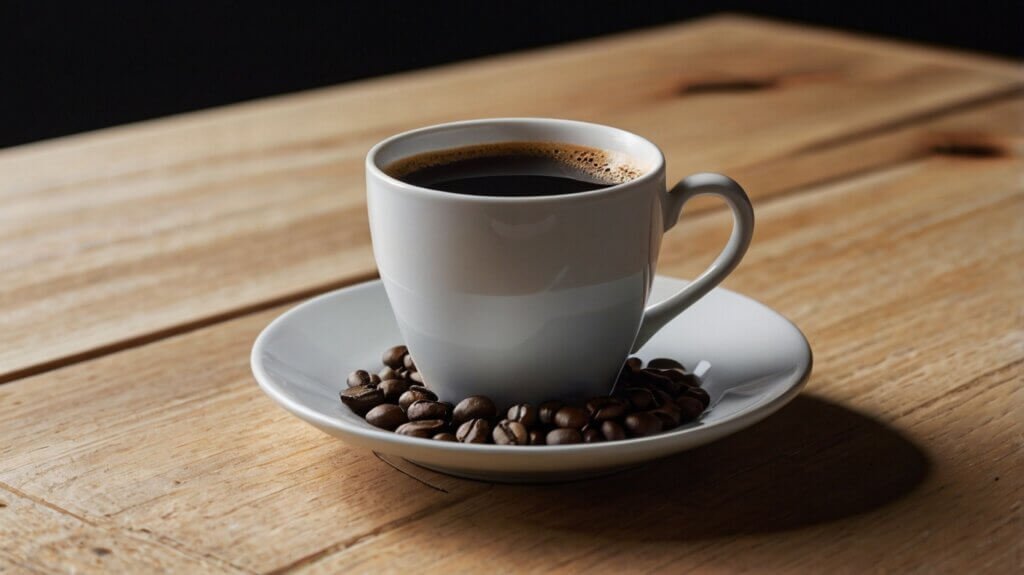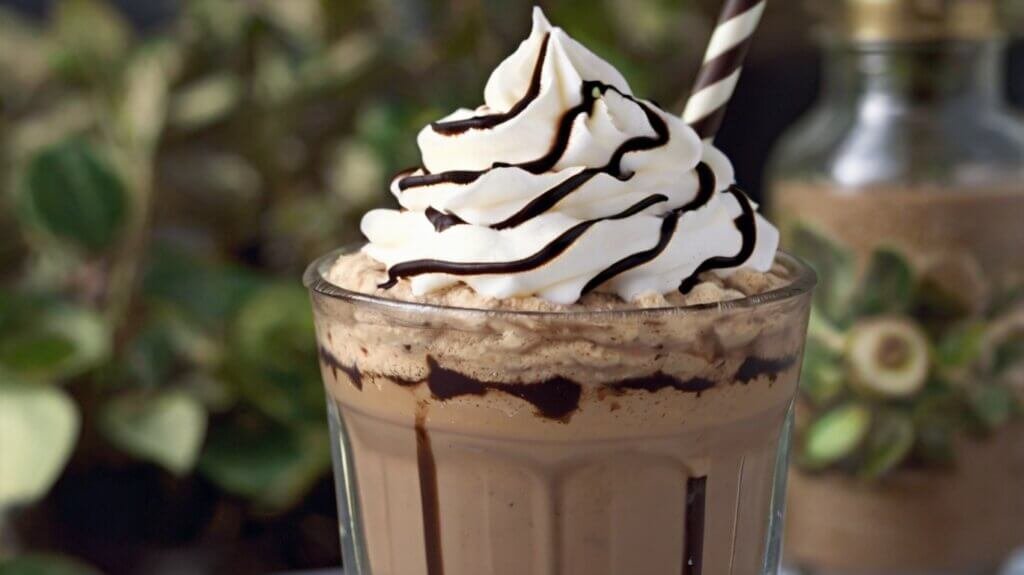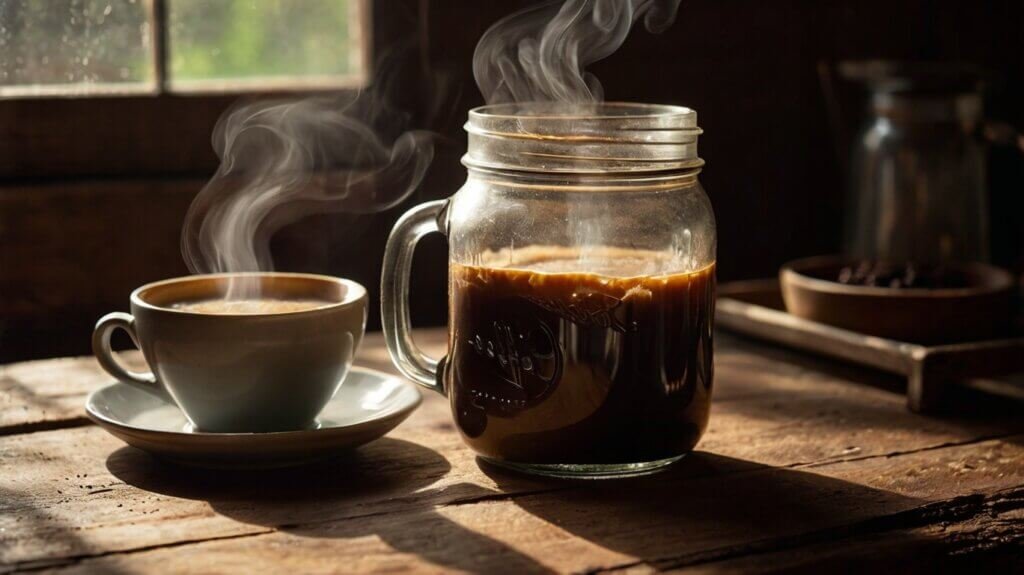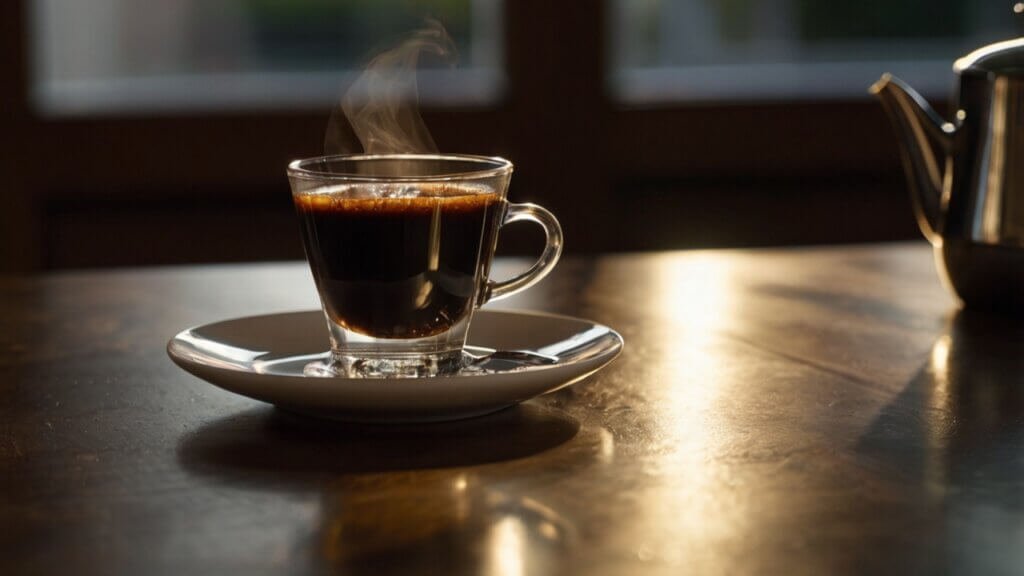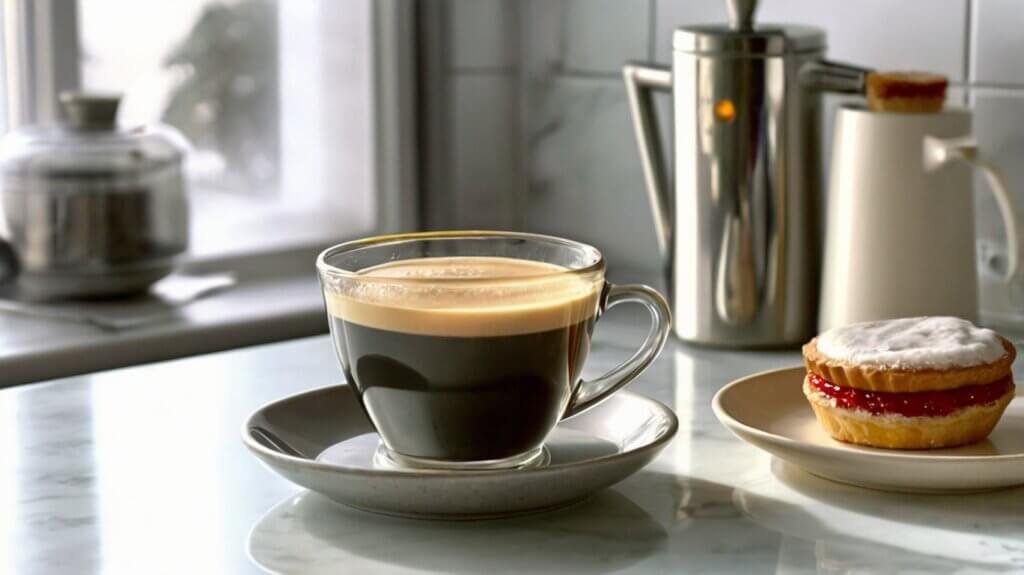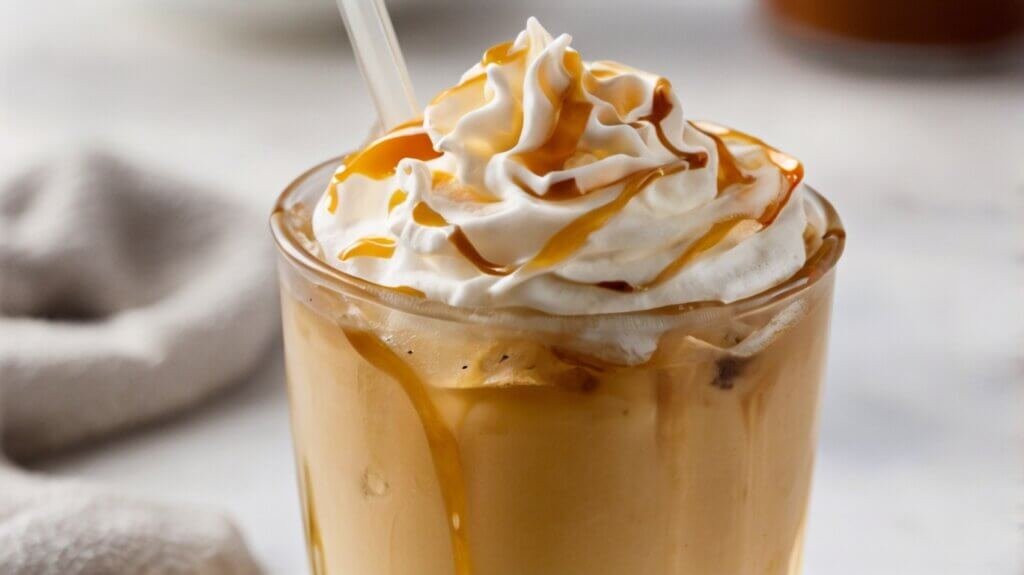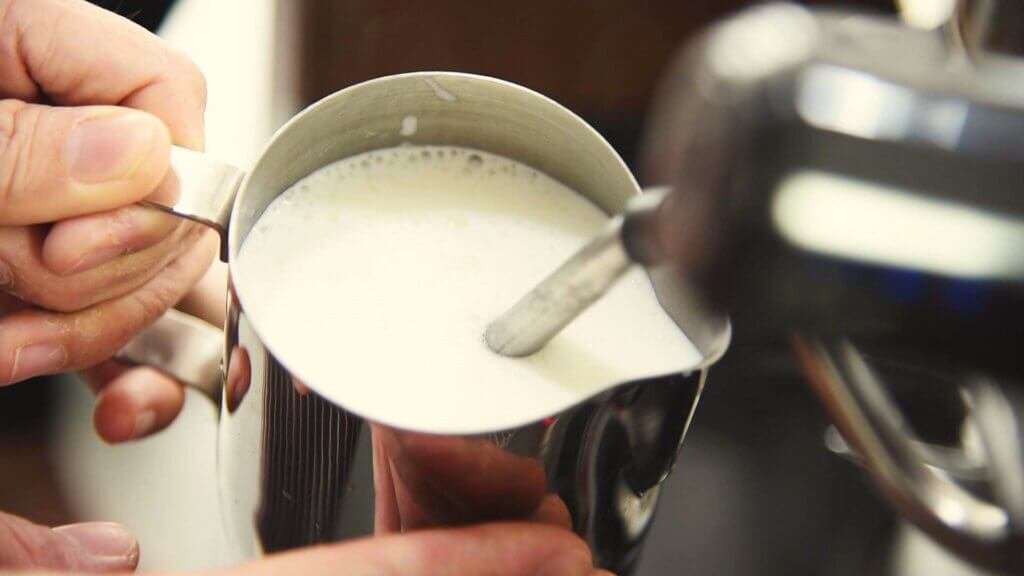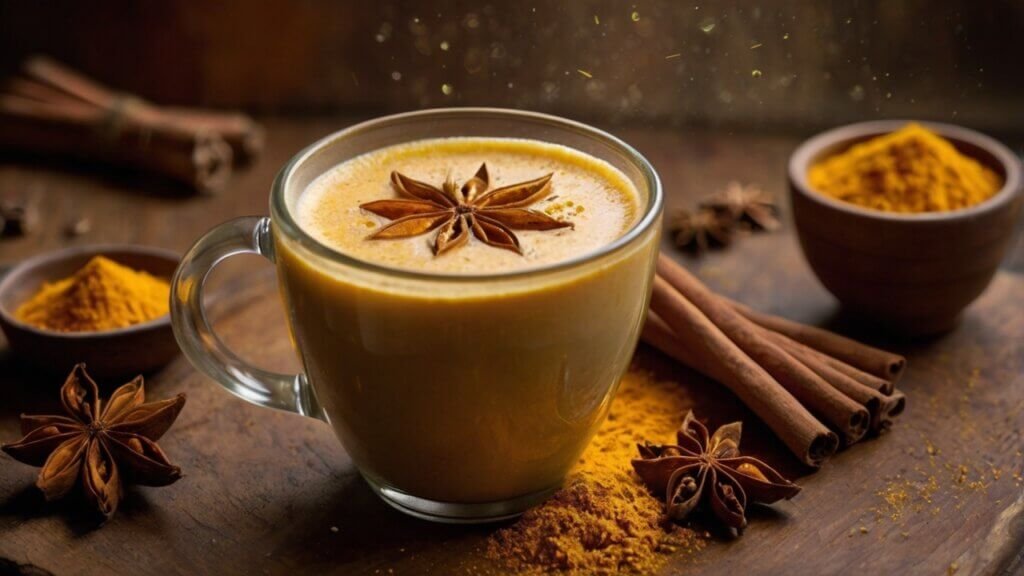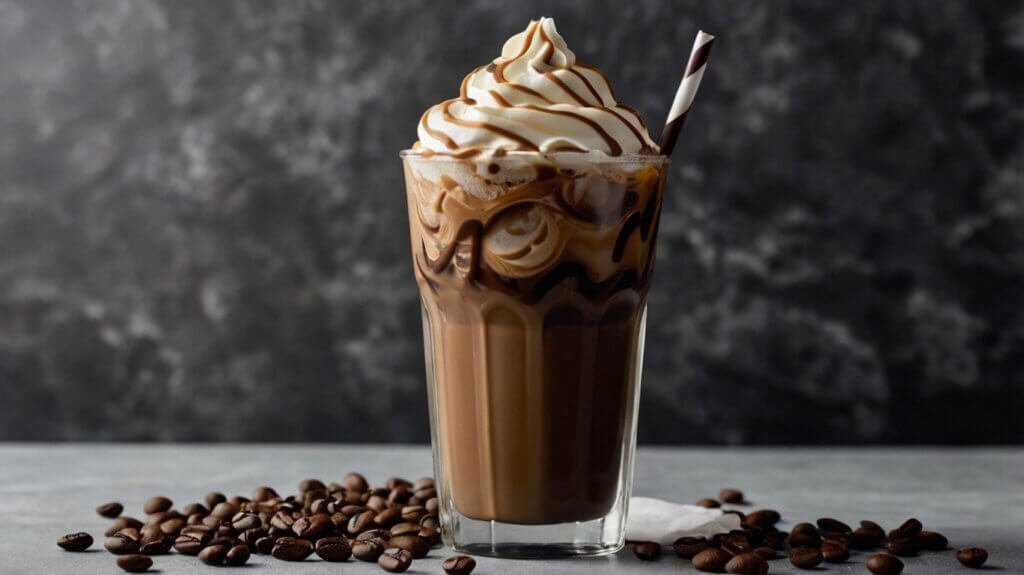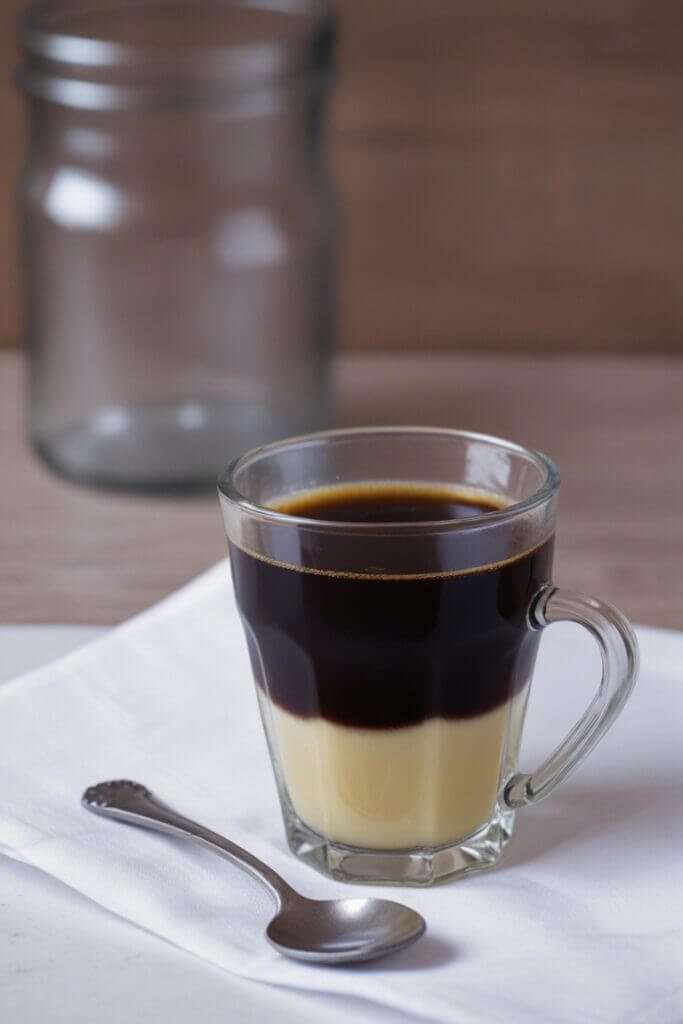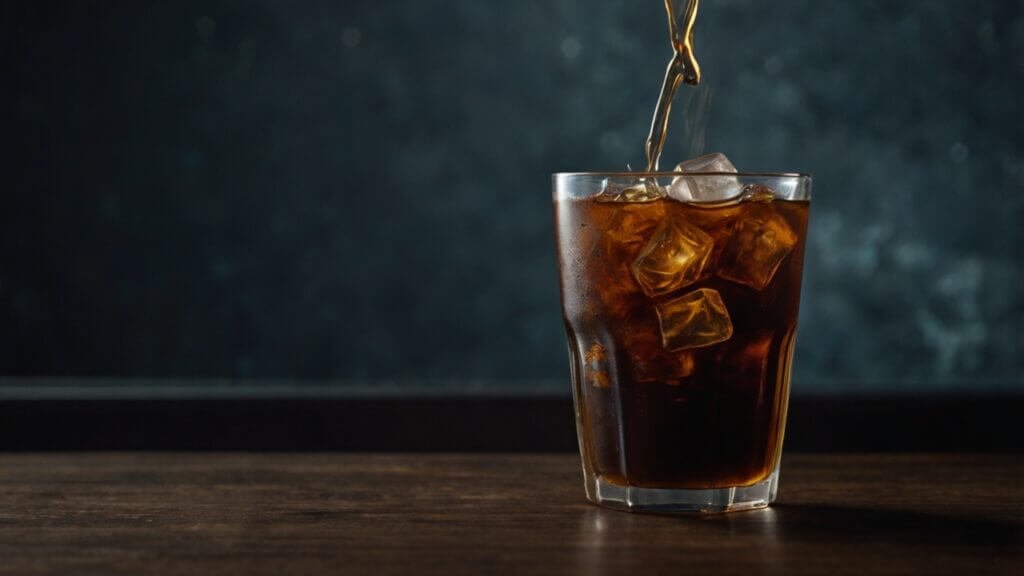A Step-By-Step Guide On How To Make Espresso Without Machine
Well, let me tell you that you can make espresso just by learning some steps with some ingredients and equipment that are already in your home. There’s no need to spend a dime on machinery.
This step by step guide will teach you everything you need to know. So, stick around to the end to begin your own espresso making journey.
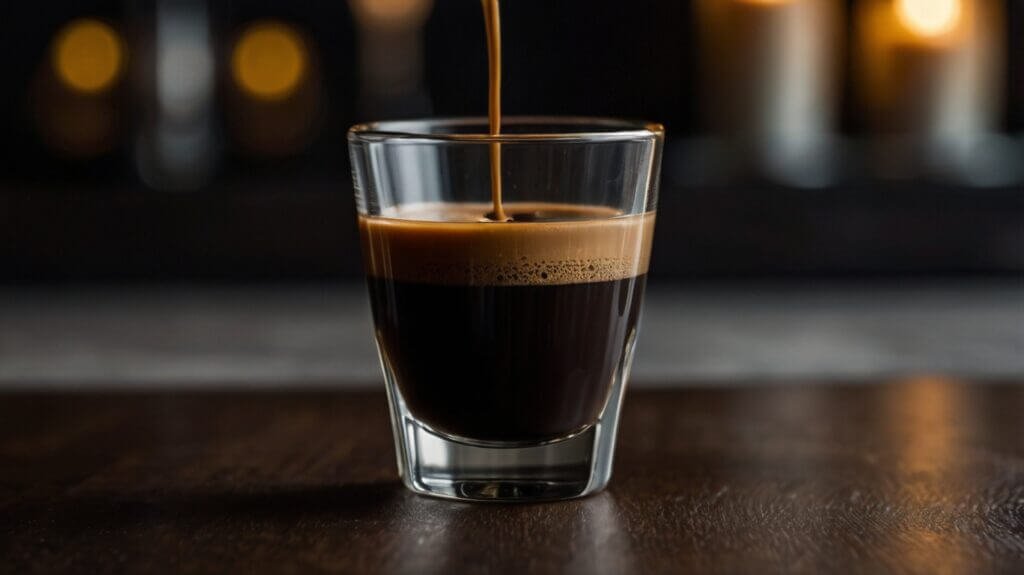
What Is Espresso?
Imagine espresso as a musical composition, each element contributing to a harmonious and unforgettable experience. The freshly ground coffee beans are the notes; their aroma is sweet. The hot water, a gentle conductor, draws out the rich melodies of flavor.
As the water passes through the grounds, a symphony unfolds. The bass notes of bitterness blend with the treble of acidity, creating a complex and satisfying harmony. The crema, a velvety counterpoint, adds a touch of sweetness and richness.
The final result is a masterpiece, a concentrated burst of flavor that lingers on the palate like a beautiful melody.
Espresso is a concentrated coffee beverage that is rich in aroma, bold in flavor, and has a golden-brown layer of crema. The main attraction of espresso is that the coffee is finely ground and forced through hot water and high pressure. This process extracts the coffee’s essential oils and flavors, producing a robust and intense cup.
Key characteristics of espresso include:
Strong Flavor
Espresso has a bold and intense taste and is often described as full-bodied.
Crema
The thick, oily layer on top of espresso is called crema. It signifies a well-extracted shot and contributes to the overall flavor and texture.
Small serving size
Espresso is typically served in small shots, usually 1-2 ounces (30-60 ml).
What Is Crema?
Crema is the golden-brown, foamy top of espresso. It’s made of oil and bubbles. Crema makes espresso taste better and look nice. To get good crema, use the right grind size, water temperature, and coffee beans.
Types Of Espresso Coffee
There are multiple ways to make espresso at home. The following are some types of equipment you may find available at nearby shops or at home if you are a regular coffee drinker. You can use these to make espresso without a machine.
AeroPress
An AeroPress is a cylinder shaped coffee brewer that is easy to use and durable. Hot water is forced towards the ground coffee and a paper filter by pressing on the piston. This device can easily be used to make a hot shot of espresso at home.
French Press
While primarily known for brewing coffee, the French press can also make espresso. You can achieve a concentrated espresso-like brew by using a finer grind and adjusting the brewing time. However, the French press may not produce crema as a traditional espresso machine.
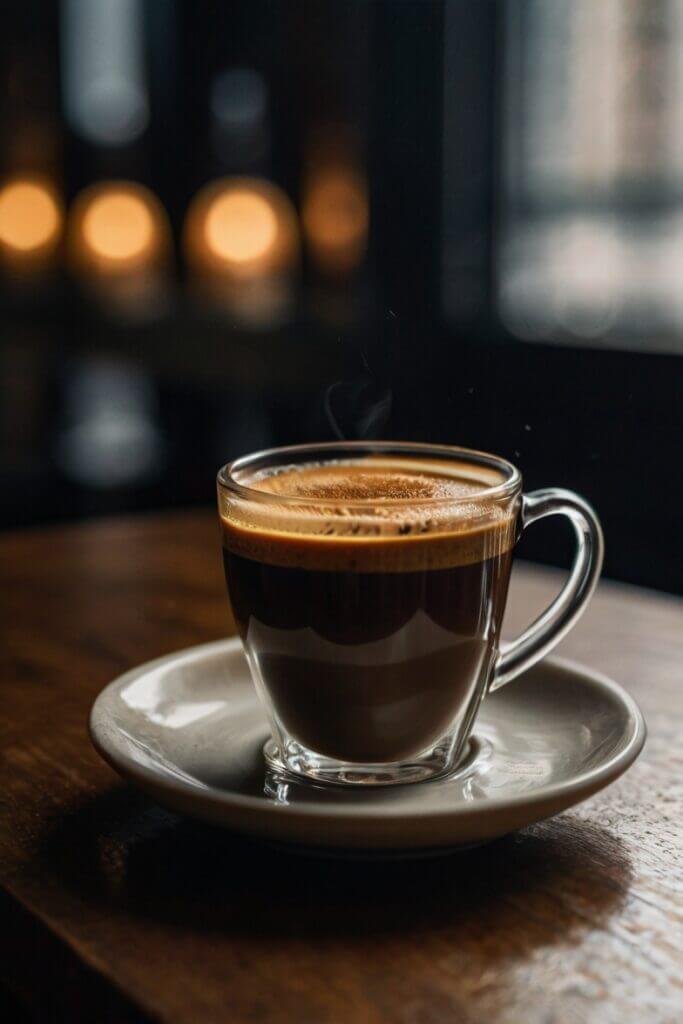
Moka Pot
A Moka pot is a classic Italian coffee maker that uses steam pressure to force water through ground coffee. It’s a popular choice for making espresso-style coffee at home.
Mason Jar
While not a traditional espresso-making method, a Mason jar can be a creative and budget-friendly option. You must grind your coffee beans finely and use a paper filter. Place the filter in the Mason jar, add the ground coffee, and pour hot water. Let it steep for a few minutes, then press a plunger or spoon to filter the ground. This method can produce a concentrated coffee similar to espresso but may not have the same crema or flavor profile.
Espresso Using A Milk Frother
If you have a milk frother, you can create a concentrated coffee drink that resembles espresso. Simply froth hot water with the milk frother, then add finely ground coffee. Let it steep for a few minutes, then strain the ground.
Espresso Using A Portable Espresso Maker
Portable espresso makers are becoming increasingly popular for those who want to enjoy espresso on the go. These devices use a combination of pressure and heat to extract espresso from ground coffee. Batteries or rechargeable power sources often power them.
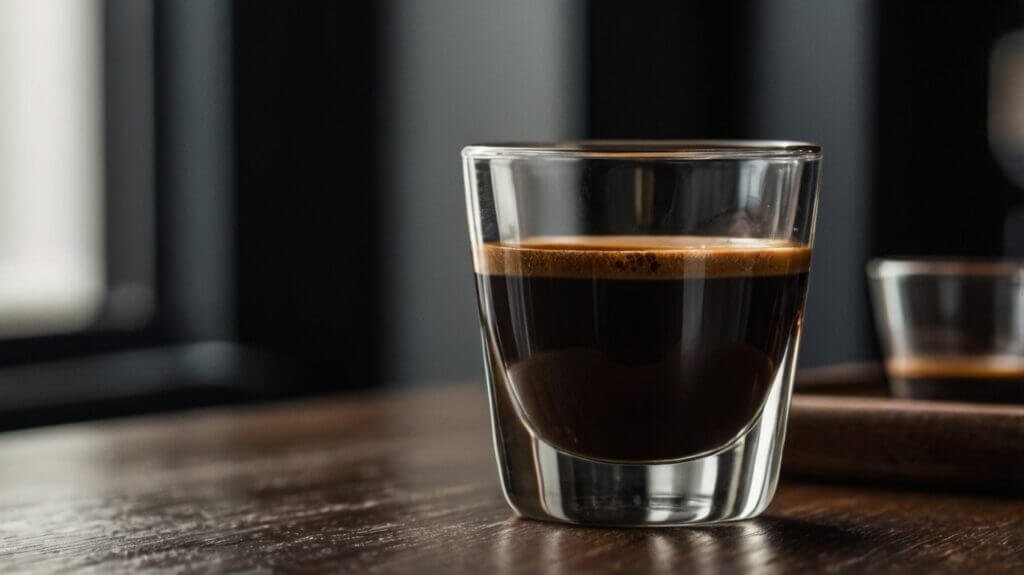
How To Make Espresso Without A Machine - Step By Step Guide
Here are the detailed steps to make espresso at home using multiple methods.
AeroPress
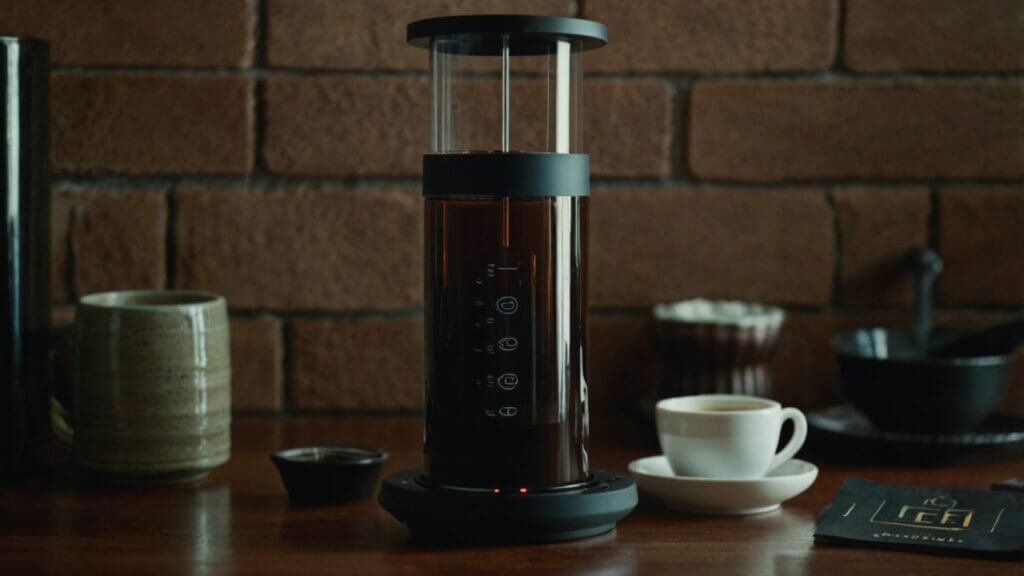
Steps:
- First, ground your desired amount and type of coffee for the espresso.
- Put water on the stove to boil. In the meantime, add filter paper to the filter basket.
- Pour some hot water into the filter basket to remove the papery taste.
- Attach the filter basket to the brewing chamber and place it on your coffee mug. The basket should face the mug’s inside.
- Add the freshly ground coffee to the chamber and evenly spread it. Then, add a little water to soak the ground coffee. Wait for a minute for the blooming process.
- Now, fill the chamber with hot water to the marked circle pointing 2. Set the plunger over the chamber and wait for 2 minutes.
- Give the coffee a good stir with a spoon or the stir stick that comes with an Aeropress.
- Finally, press the plunger slowly and steadily and enjoy a freshly brewed espresso at home.
French Press
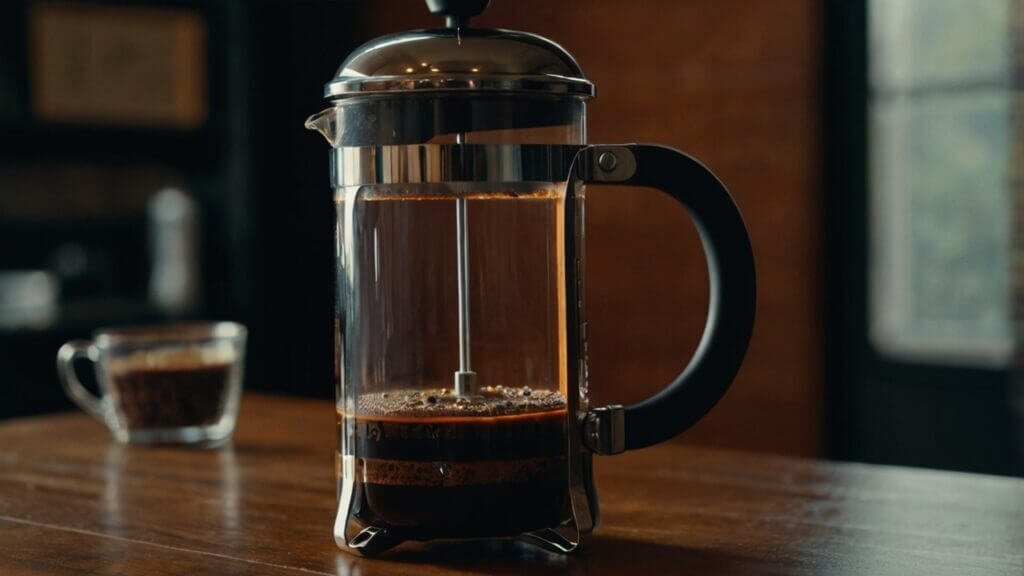
Steps:
- Grind coffee beans as you need for your espresso.
- Boil water and rinse the French Press with hot water. Pre-heating the device helps it reach an optimal temperature.
- Add the grinded coffee to the French Press chamber and pour the hot water inside till the chamber is halfway full.
- Stir the coffee and let it brew. Place the plunger or press on the top, but don’t push it.
- Let the coffee steep for 3 to 4 minutes.
- Finally, press the plunger, and it will separate the ground coffee.
- Then, pour the coffee into your cup and enjoy.
Moka Pot
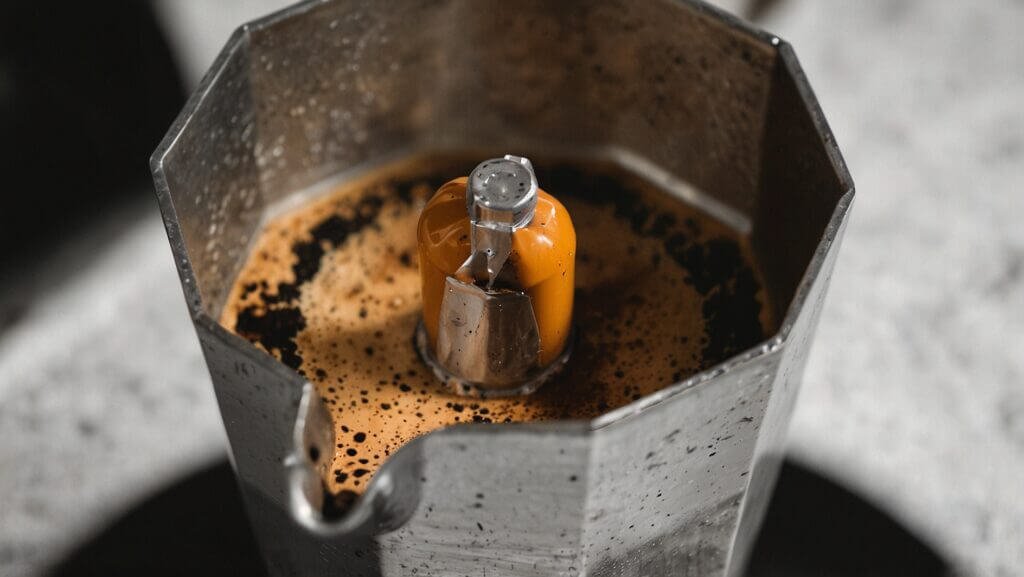
Steps:
- Grind roasted coffee beans. Firm or fine ground coffee is ideal for getting the best results with a Moka Pot espresso.
- Put water on the stove to boil. In the meantime, detach the upper chamber of the Moka Pot.
- Pour hot water into the lower chamber of the Moka Pot and attach the filter basket above it.
- Add the grinded coffee to the filter basket now. You can do this separately and then attach the filter basket to the lower chamber. Make sure you don’t push the ground coffee inside the filter basket. Instead, add the ground coffee by tapping the filter slowly on the counter little by little.
- Now, attach the upper chamber firmly to the Moka Pot.
- Finally, place the Moak Pot on the stove and turn it on. This is when the brewing process will start. You can also use an induction, but first, use an adapter and then place the Moka Pot on top of it. The Moka Pot is made of aluminium, and it doesn’t work on induction.
- Keep the lid open. The pressure of the boiling water in the lower chamber will push the water up and brew the coffee. Then, the coffee will come up to the upper chamber of the Moka Pot with the centre channels.
- When the coffee is in the upper chamber, turn off the stove and put the Moka Pot side down. Then, pour the espresso into your coffee cup and enjoy it.
Mason Jar
Steps:
- For this method, you will need some ground coffee. Firstly, grind the coffee beans to a coarse grind.
- Take a mason jar and fill it to half or a little less with the ground coffee.
- Add water halfway inside the mason jar. Use normal temperature water.
- Give it a good swirl using a spoon. Then, again add water till the jar is full.
- Cover the mason jar with the lid and let the cold brew go on for 12 to 18 hours.
- Then, strain the coffee in a cup using a mesh strainer or cover the top of the mason jar with cheesecloth. You can also use a coffee filter. Your cold espresso is ready. If you want to make other drinks out of it, dilute it 1:1 with the milk options.
Espresso Using A Milk Frother
Steps:
- Pour some ground coffee into the cup. Add hot water to it. Do not pour excessive water.
- Use the milk frother continuously for 30 seconds and mix the coffee with water.
- Let the coffee steep for 30 more seconds.
- Then, add more hot water and mix well.
- Take a mesh strainer or coffee filter, filter the liquid from the mixture, and transfer it to another cup. Now, your super easy-to-make espresso is ready to drink.
Espresso Using A Portable Espresso Maker
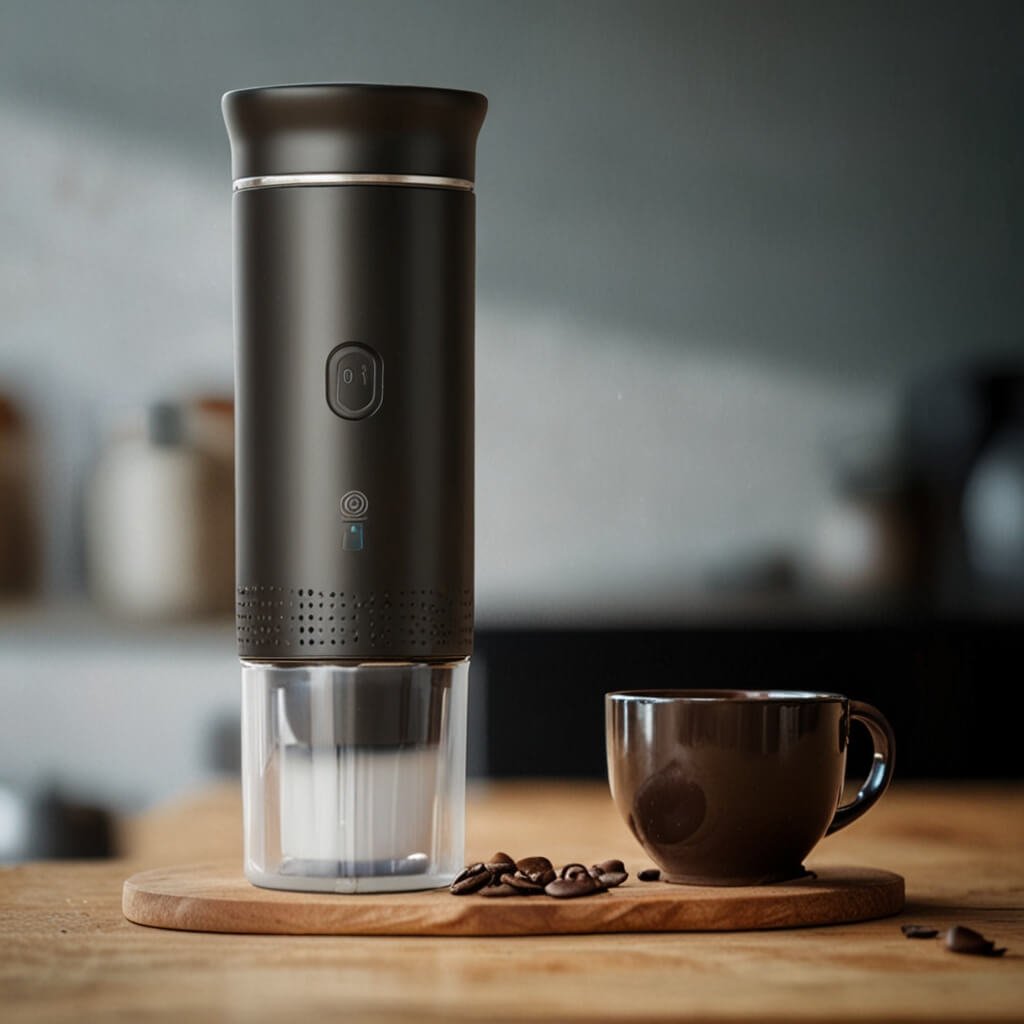
Steps:
- Detach the parts of the portable espresso machine.
- Pour the ground coffee into the coffee filter basket. Do not force it; instead, gently fill it by tapping the filter basket on the counter.
- Pour hot water into the machine’s water tank and assemble it all together.
- Place your coffee cup under the nozzle from where the coffee will come out.
- Now, pump the device, and gradually, the coffee will be poured into the cup.
How To Choose The Best Coffee Beans For Espresso
Espresso is known for its heavy and worth remembering taste. Indeed, not every other type of bean is capable of creating such a taste. That’s why the coffee beans you choose must have the characteristics to produce rich espresso flavors.
Here are some factors to consider while selecting the coffee beans for your cup of espresso.
Roast Level
A good cup of espresso requires a balanced roast level. Darker roasts or overcooked beans can make the coffee bitter, while lighter roasts may lack the intensity and body that espresso requires.
That’s why you should choose medium-dark roasted coffee beans to make the best cup of espresso at home. They will offer a perfect balance of sweetness, acidity, and bitterness.
Bean Variety
Espresso needs coffee beans that are higher in acidity, have lower caffeine content, and have an empowering flavor. Hearing the description, you are thinking about Arabica beans, right? Yes, you are correct. Arabica beans are the perfect one for espresso.
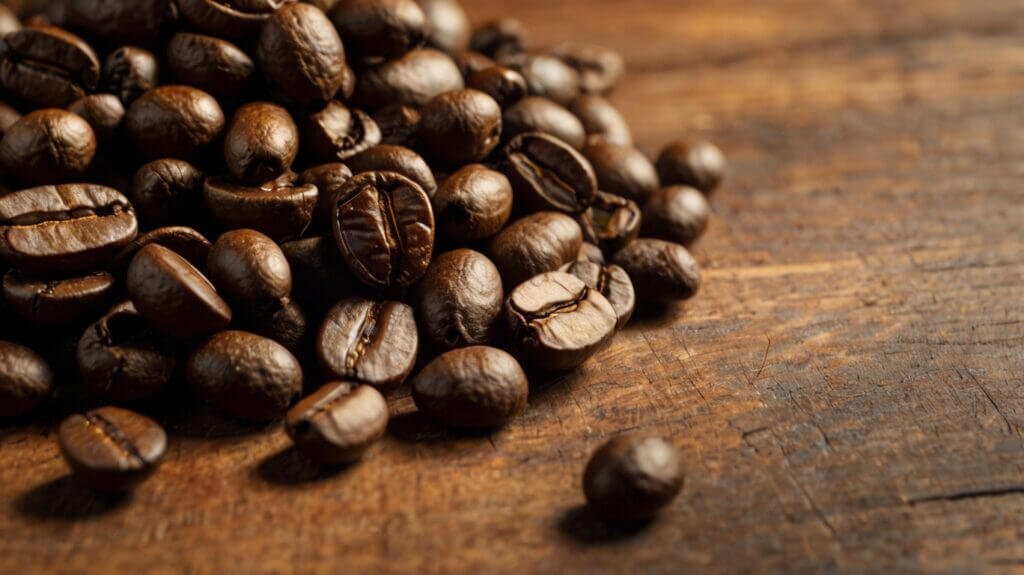
Freshness
It’s essential to use freshly roasted coffee beans for espresso. Stale beans can produce a flat and flavorless brew. Use beans with a roast date within the past two weeks for optimal freshness.
Grind Size
The grind size of your coffee beans is crucial for espresso extraction. A fine grind allows the hot water to pass slowly through the coffee grounds, helping to extract the desired flavors. If the grind is too coarse, the water will pass through too quickly, resulting in a weak and watery brew.
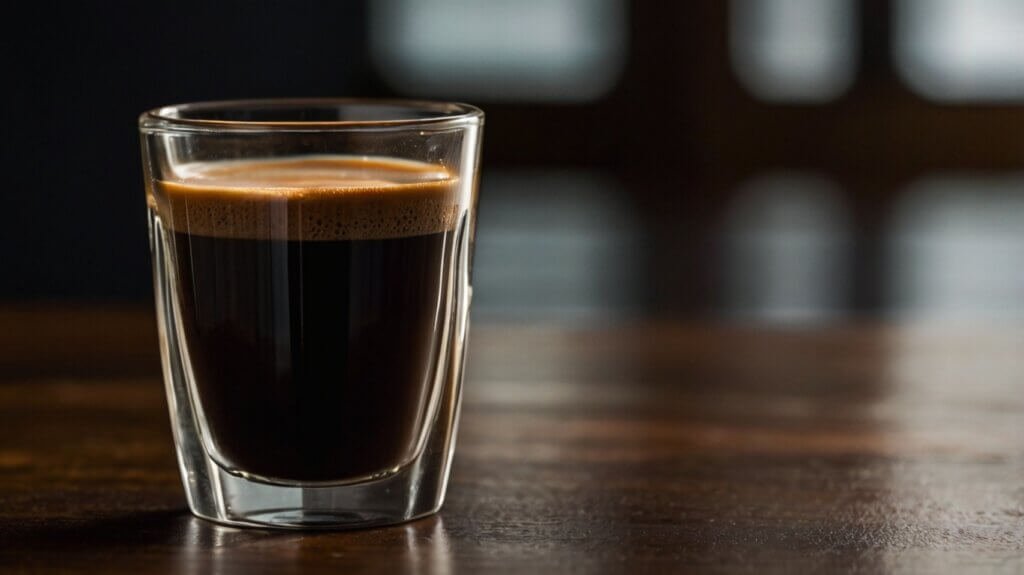
FAQs
Can you make espresso without a machine?
Making espresso at home daily using expensive cafe style espresso machines can be costly. However, you can make espresso without a machine by using traditional coffee making methods like AeroPress, French Press, Moka Pot, or the viral Portable Espresso Maker.
What can I use if I don’t have an espresso machine?
There are multiple ways to make espresso at home. You can use mason jar (the easiest way) and mesh net or cheesecloth to make espresso if you don’t have an espresso machine. You can also use a milk frother to make it at home.
Can you make espresso with regular coffee?
Yes, you can make espresso with regular coffee. However, for espresso, the pressure, brewing time, coffee grind texture and pressure matter the most. So, keep these things in mind.
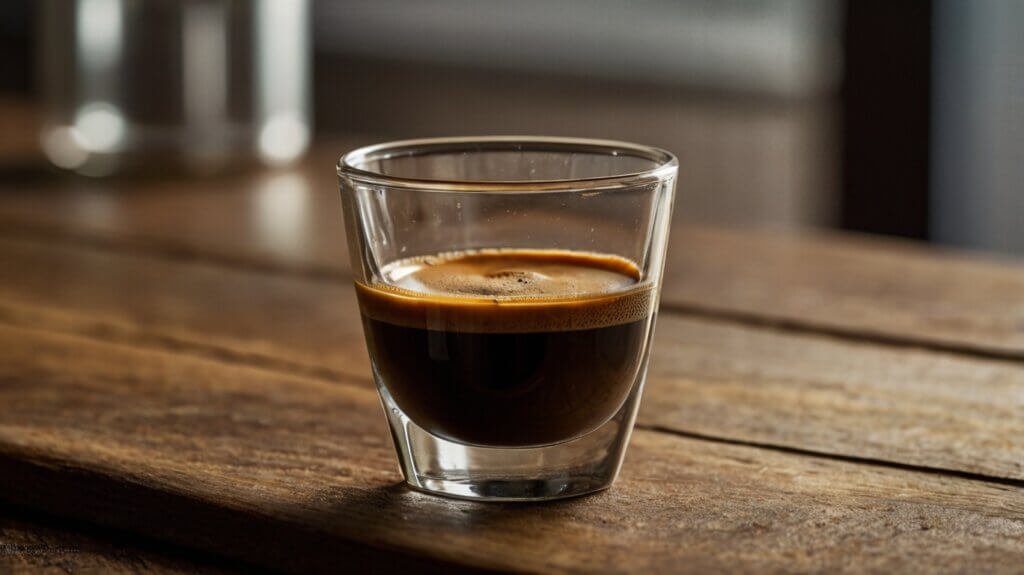
Wrap Up
Since you have come this far, I hope that now you are aware of the best ways to make espresso without a machine. You can use any of the easy methods mentioned above. However, if you are looking for the quickest way and ready to compromise a bit on the taste of the espresso, the Mason Jar is the best choice.
But if you want something that tastes like the best dupe of a quality espresso, I suggest you use the AeroPress method. Happy brewing!

Hi! I’m Semiul Bennett. After spending so many years in the coffee industry, I’ve developed a deep passion for all things coffee—from the beans to the brewing process. Now, I’m on a mission to help people have a better coffee experience at home and outdoors. Together with my team, we’re here to share expert tips, brewing techniques and the latest coffee trends, so you can enjoy your perfect cup every time.

